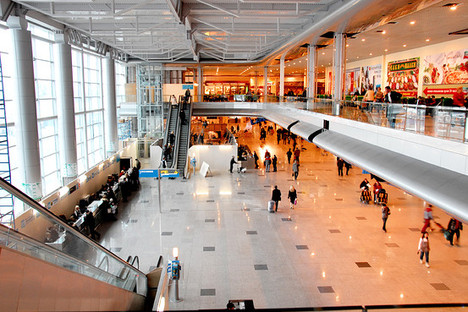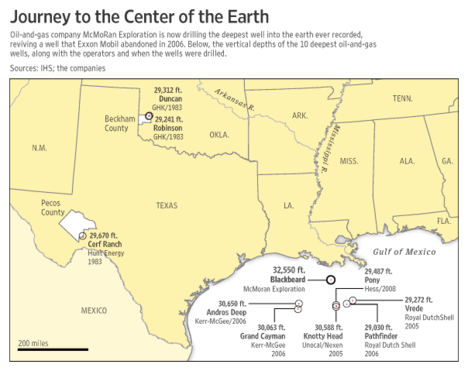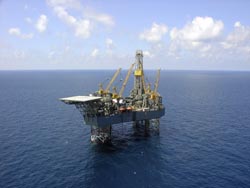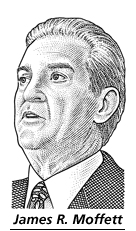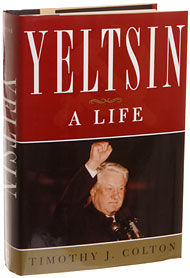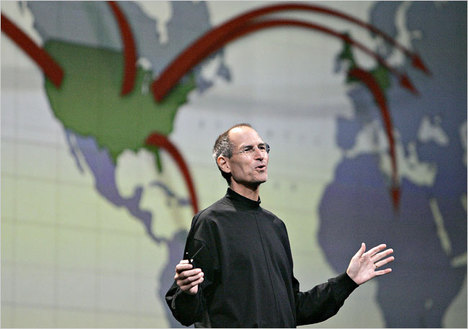The sources of new ideas are diverse. Sometimes, as below, even a newspaper article can provide inspiration.
The passage below also provides another example of the project oriented entrepreneur, who is motivated by a mission to get the job done.
(p. 60) In Lister’s early years, the mid-1800s, half of all amputation patients died from hospital fever; in some hospitals the rate was as high as 80 percent. Lister, like all surgeons, had little idea of how to improve the situation. Then he chanced on a newspaper article that caught his interest. It described how the residents of a local town, tired of the smell of their sewage, had begun treating it by pouring into their system something called German Creosote, a by-product of coal tar. Something in the creosote stopped the smell. Lister had heard about the work of Pasteur, and he made the same mental connection the French chemist had: The stink of sewage came from putrefaction, rotting organic matter; the stink of infected wounds also came from putrefaction; whatever stopped the putrefaction of sewage might also stop the putrefaction of infected wounds. So Lister decided to try coal-tar chemicals on his patients. And he found one that worked exceptionally well: carbolic acid, a solution of what today is called phenol. . . .
. . .
(p. 61) Lister’s insistence on stopping the transfer of bacteria in the operating room became absolute. Once when a visiting knighted physician from King’s College idly poked a forefinger into a patient’s incision during one of Lister’s operations, Lister flung him bodily from the room.
Source:
Hager, Thomas. The Demon under the Microscope: From Battlefield Hospitals to Nazi Labs, One Doctor’s Heroic Search for the World’s First Miracle Drug. New York: Three Rivers Press, 2007.
(Note: ellipses added.)


